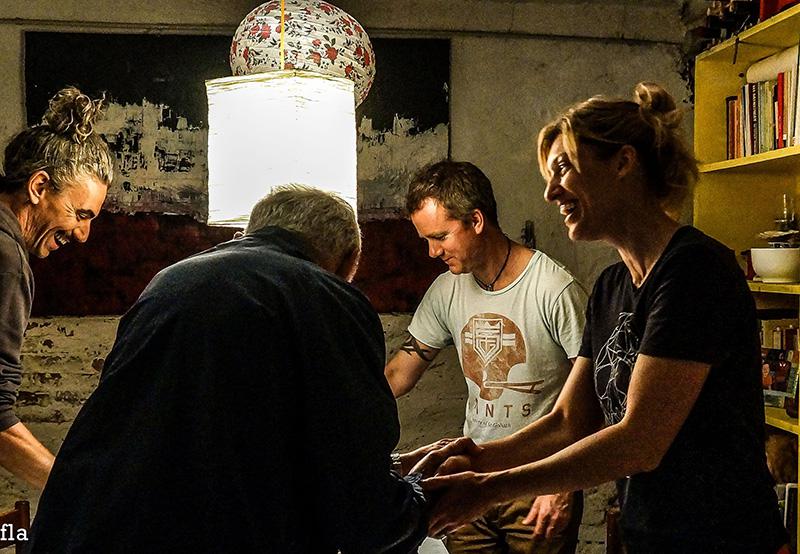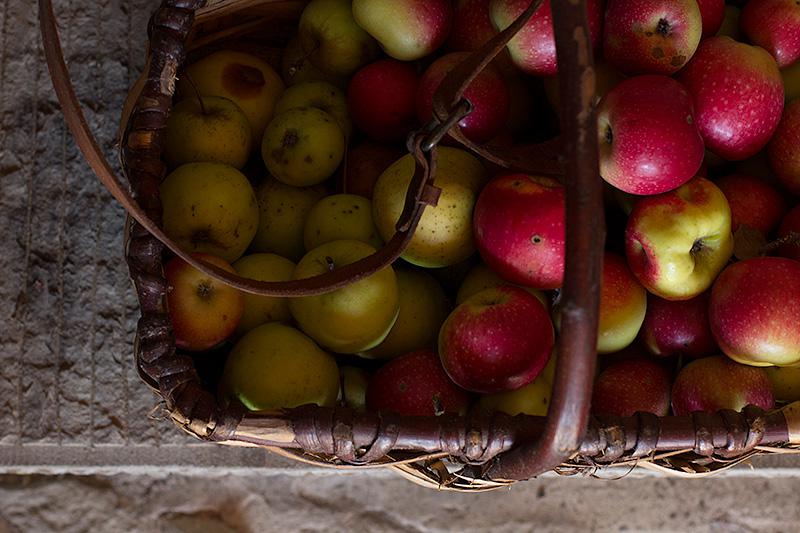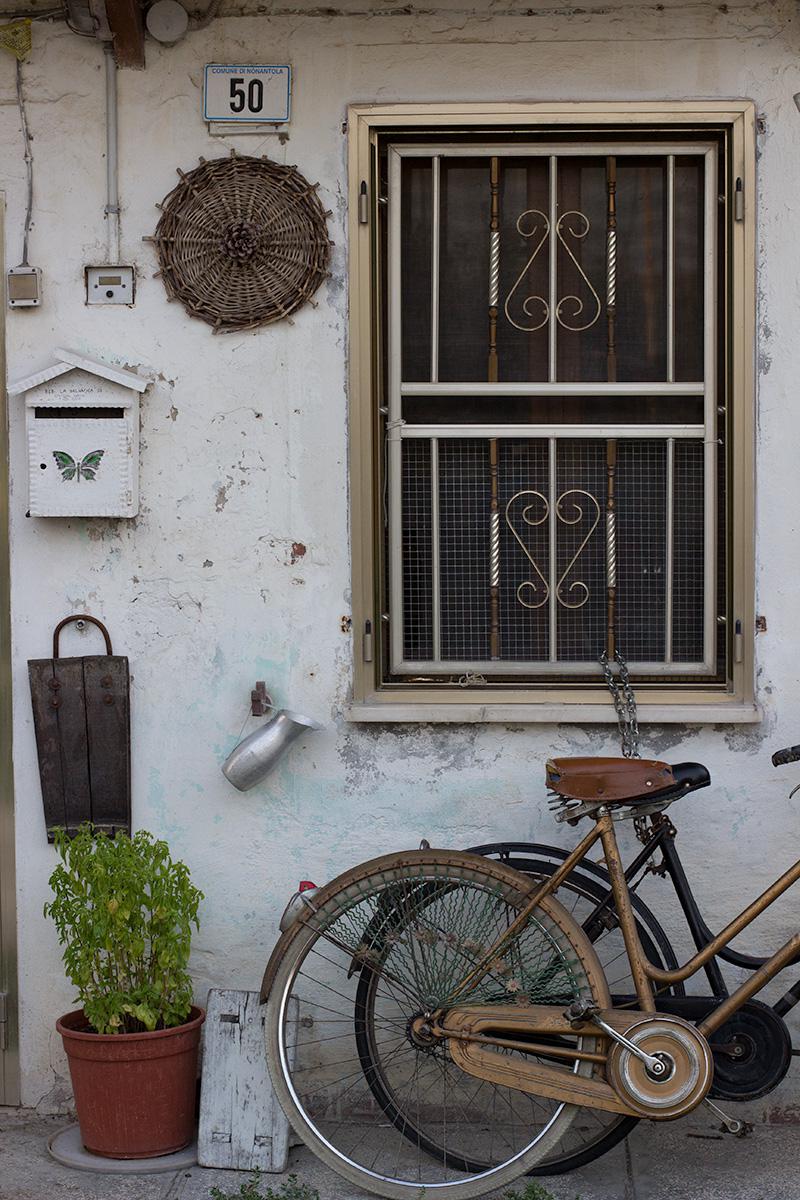Prior to leaving on our holiday I must admit I did have some concerns in regards to what I was going to eat while I was in a country famous for its pizza, pasta and cheese. Being someone who doesn’t eat wheat and cow’s milk based dairy products, it appeared I was certainly destined for a challenge. Many clients before I left were eager to hear feedback about the food choices I would make; how I would make it work being an eager foodie with food intolerances. After all, this wasn’t just a weekend away, it was six weeks straight.
On my return I was asked more than once to share my experiences and useful tips regarding how to travel such a marvellous gastronomic country with dietary restrictions. What’s more, comments from clients pertaining to a desire to travel Italy, yet fearful to do so due to their dietary restrictions really made me realise I had to share my experiences. No one should miss out on such a culinary adventure!
I must admit that when I first arrived in Rome I had a moment of frustration on our first dinner out. I had not yet learned any of the language terms that I will share with you here, nor did I feel confident enough to stumble away in English. My husband ordered the traditional rome pasta dish of Amatriciana, fresh pasta tossed with pure tomato sauce, pecorino cheese and cured pork. On the side he devoured chunky slices of bruschetta topped with plump tomatoes and liberal olive oil. I on the other hand, ordered grilled squid with a fennel salad. Though perfectly cooked you can probably imagine my food envy, plus carb cravings!
Navigating your way around an Italian menu with food restrictions can be daunting at first, but learning a few basics can make a world of difference. Such as:
Antipastos will usually include something light to start with that you can both share and is often a place where you will find prosciutto and melon, or cured meats and olives. These dishes are a great light choice for those needing to steer clear of wheat/gluten and cheeses. You will find goat and sheep cheeses in this section in most regions.
First course (prima) is often dominated by pasta and risotto dishes. Unless the restaurant has gluten free pasta, I found it best to skip straight to the seconds. However, you might find that a pasta is made from buckwheat or kumut in certain regions. The joy about moving straight to seconds is that you are put in a place where you have more variety, therefore straying from eating pasta all the time.
Second course (secondo) are usually meat based dishes that are braised and served simply with homemade sauces or just cooked up in a pan in their own delicious juices. They may be served with some light vegetables, but generally you will need to order a side. I often ordered braised beef (Barolo beef was outstanding), or fish dishes by the coast, or homemade sausages spiced with fennel and sage.
Side dishes (contorno) are also a place for you to explore and go crazy. Here you will find light green salads (insalata), various tomatoes and green salad combinations, pecorino salads, white bean mash (fagioli), peas and sage, braised vegetables and so on. These side dishes can really pull your whole meal together when ordering primarily from the seconds course.
Ofcourse, there may be times when you would like to order a dish that only needs a slight tweak to be suitable for you. For instance, you may want it without cheese or butter, or you may simply want the kitchen to use sheep or goat cheese instead of cow. This can be achieved by asking some simple questions.
I would like the pizza without dairy (milk) vorrei senza latte
I would like without butter – vorrei senza burro
I would like sheeps milk cheese or goats milk cheese – vorrei pecorino o caprino.
You can also ask a restaurant if they have gluten free pasta. It is certainly becoming more popular.
Do you have gluten free pasta? Avete pasta senza glutine?
Some bakeries bake gluten free breads or wheat free breads too. These breads are still made along side normal flour, so they are not strictly coeliac friendly. A grain used throughout Italy is buckwheat. I found freshly baked buckwheat loaves in Moderna, which were utterly delicious.
You can ask for buckwheat bread like this: Avete pane di grano saraceno?
Supermarkets (generally COOP is the most common supermarket), will sell gluten free breads in the health food section. These sections are quite small, and the bread is not that nutritionally sound, yet it can be a real lifesaver in some situations. I bought a few loaves along the way and used them with mezze plates and antipasto plates. Supermarkets also sell a lot of kumut based breads and pastas. Kumut is part of the wheat family, yet is often tolerated a lot better than regular wheat. You will find some lovely kumut loaves of bread in bakery’s and supermarkets by Bioligica brand.
In regards to alternative grains, spelt (farrow in Italy) is also popular. You will see it on menus used for hearty soups, rissotos and braises. This can be a good alternative if you are wheat sensitive, although some people still react to this grain. It’s certainly worth a trial while in your travels. You will also find plenty of barley and buckwheat, which can be used for cooking meals yourself. I made a delicious barley risotto with mushrooms and pecorino for instance.
Oats are also handy to purchase in supermarkets and to keep with you. When staying at b&b’s I found them really useful to add to fruits and alternative milk options such as rice and soy milk, which can be bought in COOP in the long life section.
Being a little savvy with reading labels is a great help. It can be tricky at first, yet knowing your grains, dairy products and other basics in Italian helped me immensely. Here is a list of some of the most useful words that certainly made it easier for my travels:
Oats avena
Wheat grano
Buckwheat grano saraceno
Rye segale
Barley orzo
Sugar zucchero
Butter burro
Milk latte
Dairy latticini
Egg uovo
Hopefully this post will encourage you to book that Italy holiday you may have been shying away from, or feel more confident about a pending trip ahead. I certainly found eating in Italy a total joy, with a world of exciting flavours and food combinations at my fingertips. My biggest piece of advise is don’t be afraid to ask!
Obviously this post is put together by someone with a limited Italian vocabulary. Please excuse any poor choice of language if you are fluent in this wonderful language!
Jessica Cox is a qualified practicing Nutritionist with a Bachelor Health Science (Nutrition) and over 15 years of clinical experience. She is the founder and director JCN Clinic, published author and established recipe developer. Jessica is well respected within health and wellness space for her no fad approach and use of evidence-based nutrition.











Thank you for much! I am off to Europe for six weeks in June and I am gluten and dairy intolerant. I’ve been having nightmares about having to sometimes “give-in” to these foods while away and end up with stomach pains, breakouts and being sick – just so I won’t starve!! Very re-assuring to see I won’t have to suffer 🙂
Oh that is great to hear Cat! This is the exact reason why I wrote this post, so I hope that it helps you out in your travels. Have a wonderful time!!
Nice and useful post Jessica! I’m an Italian living in Australia now and I must say that, during my last visit 1 year ago, I found much more alternatives for Coeliac and lactose intolerant people than before. You can easily find a GF section in each Supermarket, some bakeries with GF bread and also Pizzerie offering a GF base. Few years back, it would have been quite a hard life! I’m dairy intolerant too..but I suggest you try at least once the fresh mozzarella or scamorza there, which have a totally different taste from the one you find elsewhere! Goat… Read more »
Thank you so much for your wonderful post her Daniela! I missed the grand saraceno polenta in the north, which I am kicking myself for! I knew about it, but somehow managed to miss eating it in the places we ate at. We are going back in 2 years, so it is a definite! As you say, it can be painful to miss out on dishes, so a taste of this or that is certainly mandatory. 😉
Thanks for the correction of the italian word for ‘dairy’. I will fix this up now. 🙂
Little corrections :
Avete pasta senza glutine?
Avete pane di grano saraceno?
Italy is discovering healthy food in this period, vegan restaurant are now growing and some restaurants serve gluten-free meals (http://www.ristorantipercel…). My advice is : rent an apartment to have a kitchenette and make an accurate research for organic stores (as http://www.naturasi.it/it/n… and restaurant’s menu (maybe on tripadvisor). A good choice is also to find an agriturismo (https://en.myitalyselection… and warn the owner of specific food requests.
I hope to be useful with these little advices ^_^
xo
Oh this is just awesome! So true too to get in touch with the owners of hotels and b&b’s before you arrive. I did this and it made the world of difference. Thank you so much for sharing!! 🙂 ps. I will fix those grammatical issues too! xx